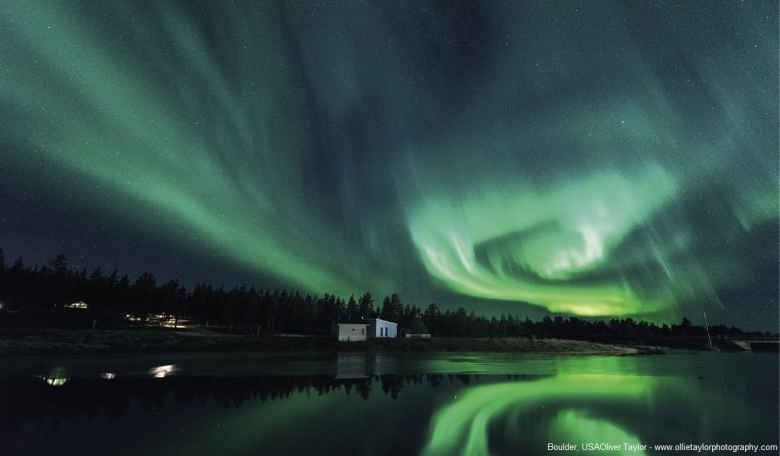We are all familiar with weather on Earth, but the space beyond the Earth’s atmosphere also has a kind of weather. Like the weather down here, ‘space weather’ affects us, but in a different way. The authors describe some of the practical effects and how forecasting might be improved.
The term ‘space weather’, as coined in the late twentieth century, generally refers to conditions in space, especially in near-Earth space, that affect life on Earth and the technology created by humans. It all starts with our local star, the Sun, where the interplay between its strong magnetic field and superhot gas create turbulence on its surface. The constant stream of particles and magnetic fields released by the Sun is called the solar wind.
The Sun’s intense magnetic field can, in places, prevent the heat of the interior from reaching the surface, creating relatively cooler zones called sunspots. The magnetic field lines near sunspots often twist and realign, and these changes can trigger a sudden explosion of electromagnetic energy, called a solar flare, which releases radiation into space. Sometimes, this release is accompanied by an ejection of plasma (hot clouds of ionised gas) from its surface. These are called Coronal Mass Ejections (CME), the frequency of which depends on the phase of the solar cycle (less than one per day during the quiet phase and more than three per day at peak).
On average, it takes about 3.5 days for the solar wind to reach Earth, but really fast CMEs can arrive in less than 24 hours. When the pulses of solar wind reach Earth, they energise Earth’s magnetosphere, accelerating electrons and protons trapped along the magnetic field lines to the point where many collide with atoms in the atmosphere and ionosphere. At high latitudes, and near the magnetic poles, this results in the spectacular aurora borealis and australis (the northern and southern lights).














